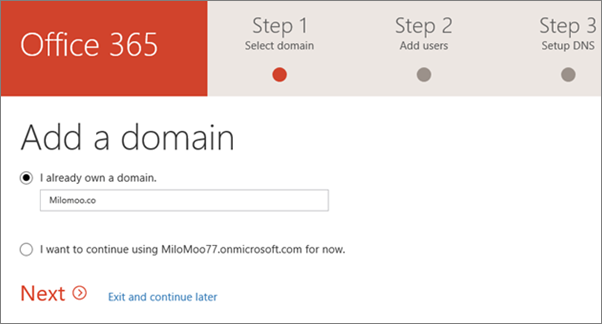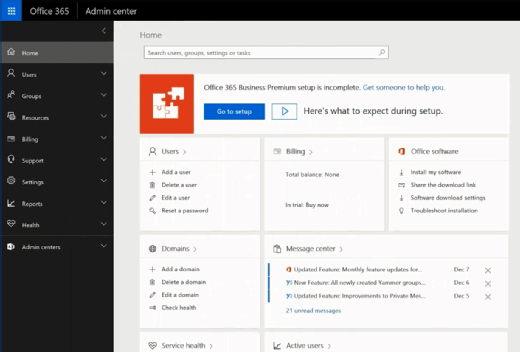

OneDrive for Business uses SharePoint Online as backend. Scroll down to Option 3 for a fix to this scenario. This also allows us to control OneDrive for Business access via group membership. It is important to note – this will not have any effect on users who are currently already using OneDrive for Business. We can control OneDrive for Business access from the initial tenant deployment stage.

Option 2 – Disable OneDrive for Business in the Office 365 tenant You will notice the Office Online Applications such as Word Online and Excel Online are also hidden, which disables the ability to create new Office files via the Office Online Applications.

This is what the Office 365 Online Apps Launcher looks like after hiding OneDrive for Business. We can hide the OneDrive for Business App from the Office 365 Online Apps Launcher by selecting Hide next to OneDrive for Business from SharePoint Admin Center > Settings.

This is what the Office 365 Online Apps Launcher looks like before hiding OneDrive for Business It is also important to note, this step will only disable OneDrive for Business and SharePoint Online use via Online/Web applications it does not disabled the ability to save documents to OneDrive for Business or SharePoint via Office 365 ProPlus and Office 2016 applications installed on the users workstations, nor does it disable the ability for the OneDrive for Business Sync Client installed on users workstations, from syncing files to OneDrive for Business. ), they can still access their OneDrive for Business site, even after performing these steps. It is important to note – if users know the OneDrive for Business Site URL (ie. It is simple to hide the OneDrive for Business Application from the Office 365 Online Apps Launcher by changing the app visibility setting from the SharePoint online administration site. Option 1 – Hide OneDrive for Business from the Office 365 Online Apps Launcher Another great blog post on this subject can be found here. For this we are better off using Office 365 Data Loss Prevention now that Microsoft has added the ability to block sharing content via OneDrive for Business and SharePoint Online. Note: There are times when it is only desirable to disable the sharing of confidential information with people outside of the organization and not completely disable the use of OneDrive for Business and SharePoint Online. The reasons for someone wanting to do this vary but are usually of the variety of needing more control over what the users are saving to OneDrive and SharePoint. If you haven't copied the confirmation page, click Take me back to the page.Īfter the client is created, it may take several minutes for the client to be provisioned on Microsoft 365.When performing Office 365 migrations for clients, the topic of disabling OneDrive for Business and/or SharePoint Online often comes up. Click I have copied the information to go to the Client management page. You'll get a warning to confirm that you've copied the information. If you need to make changes, you can either click the Edit link next to Customer info and Offers, or click the back button.Ĭlick submit to create the client account.Ĭopy the client and subscription information on the Confirmation page for your records. Review the client that you're about to create. For more information, see Partner Resellers: Make changes to your client's Office 365 subscriptions.Įnter the number of licenses in the Number of seats field, and then click next. If your client will need multiple subscriptions, you can add those after you've created the client. Select the subscription for that client from the Select offer drop-down. Create a client account in the Partner admin centerįrom the Client management page, click Add client.Įnter in the client's information, and then click next. Note: Looking for other partner help content? Check out Help for partners.


 0 kommentar(er)
0 kommentar(er)
